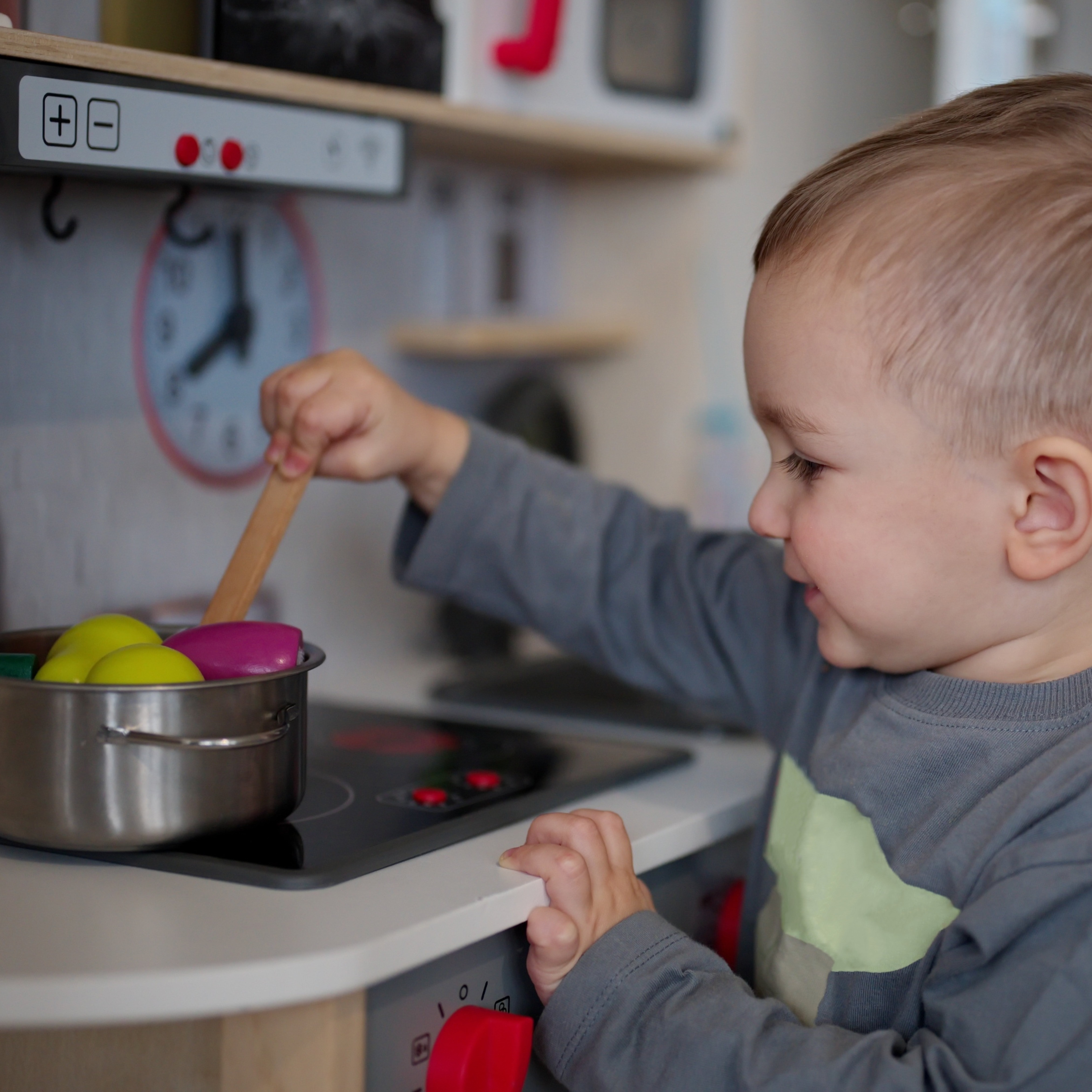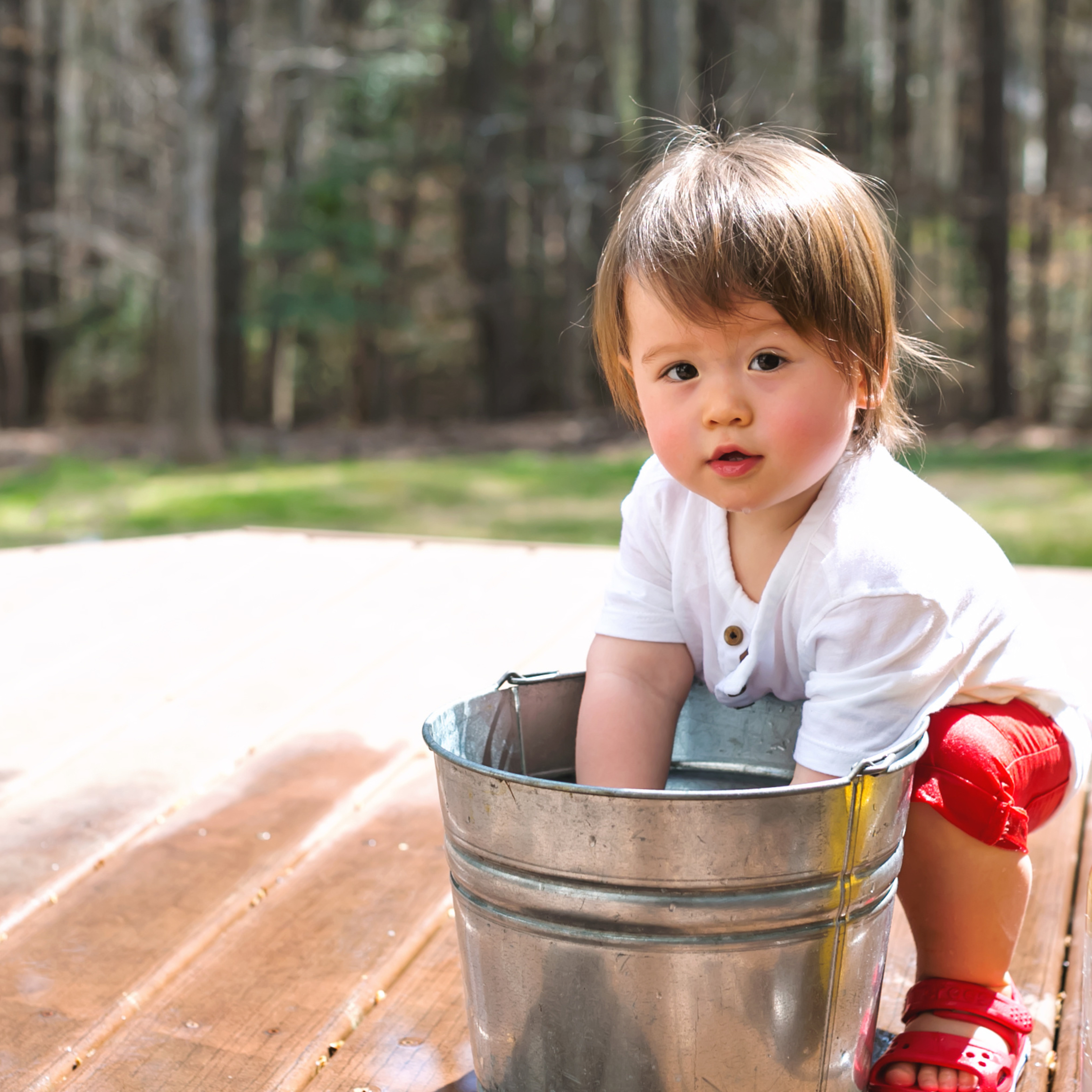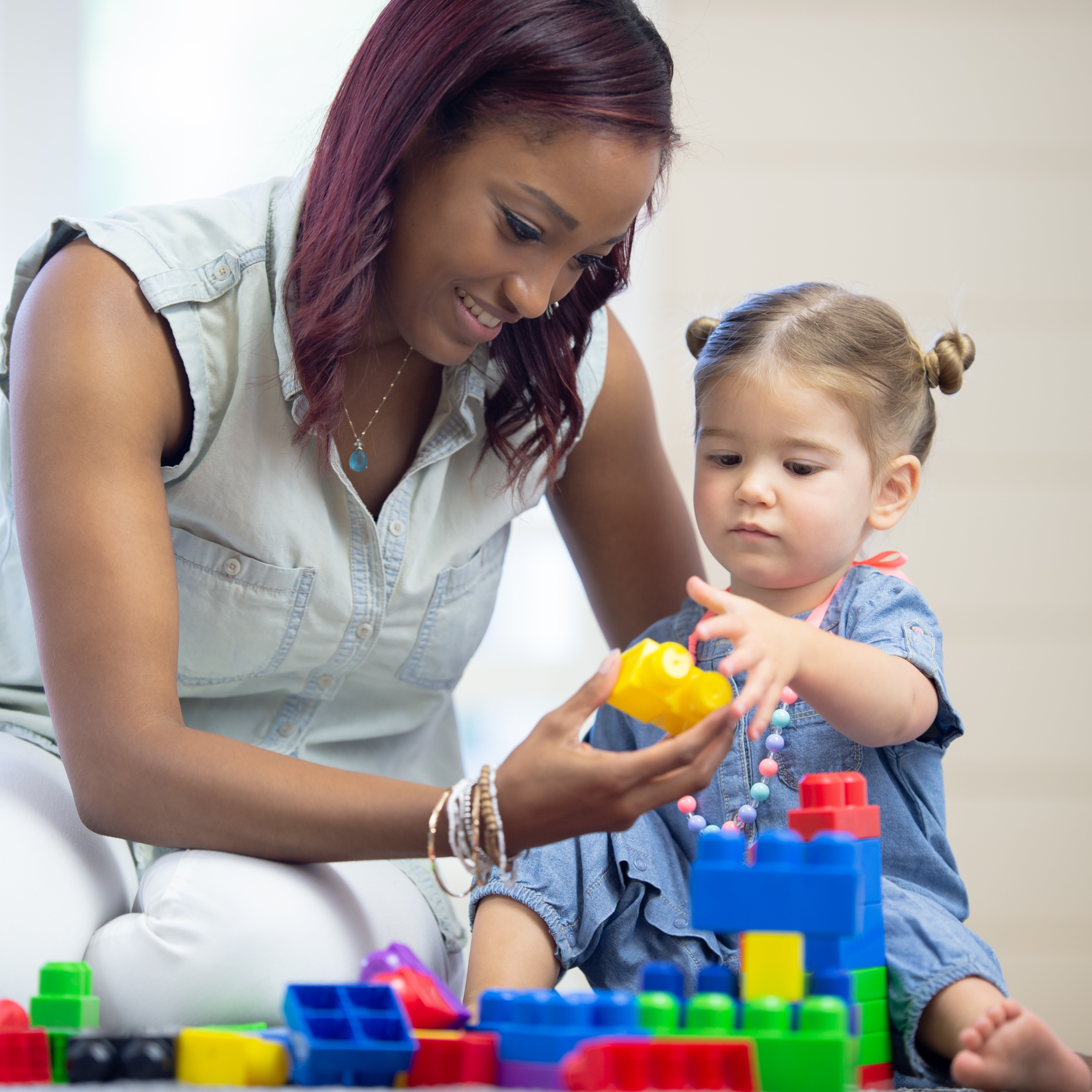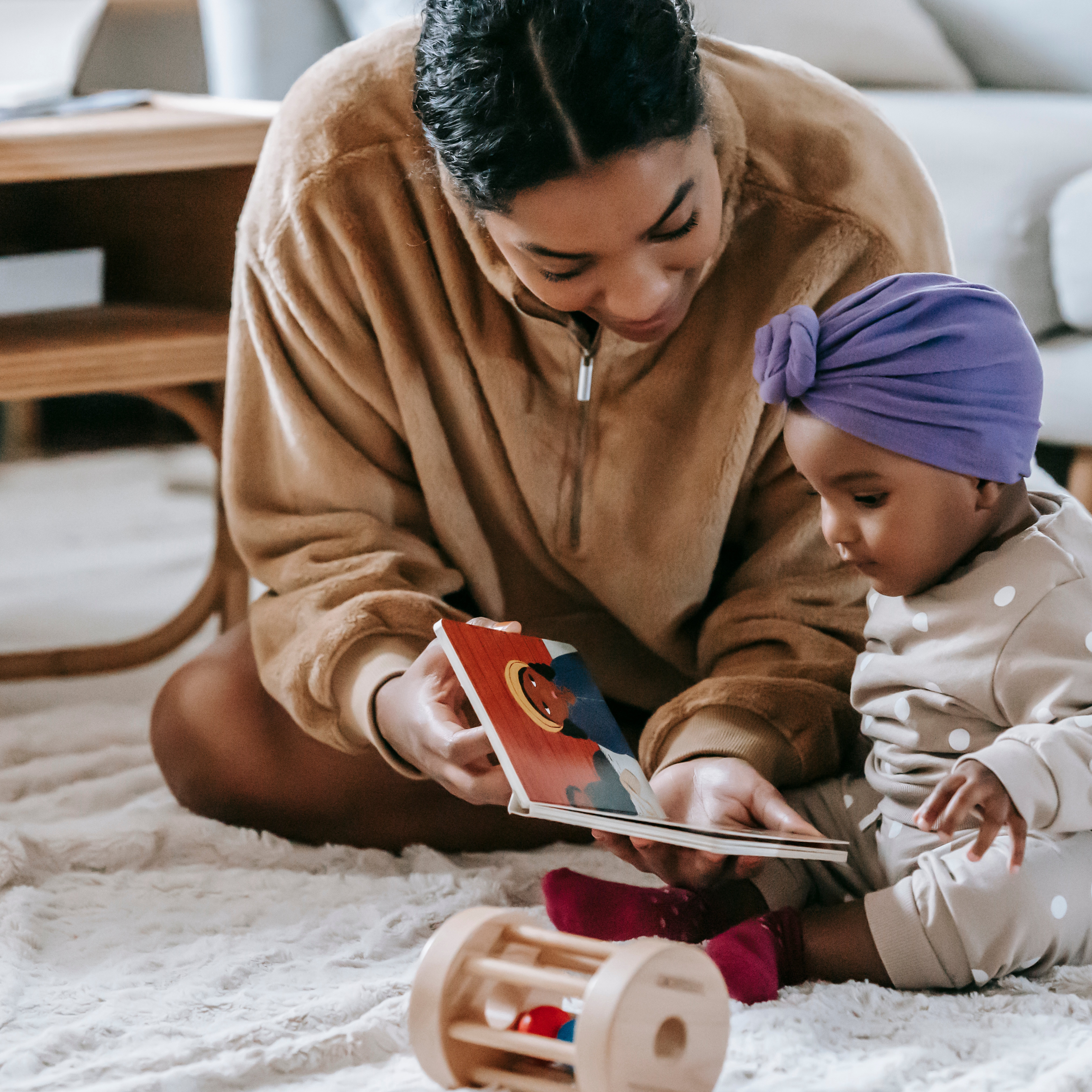· Beth & Michelle · Blog · 3 min read
Supporting Language Development in Children During Times of Transition

Transitions, whether it’s starting a new school year or new job, welcoming a new sibling or child, or even a change in daily routine, can be hard for anyone. However, for children who are still developing speech and language skills, these moments of change can feel especially daunting. As pediatric speech and language pathologists (SLPs) and caregivers ourselves, we know that communication thieves when children feel safe, supported, and understood.
Let’s dive in…
Why Transitions Impact Language Development
Transitions and change bring upon us new environments, expectations, and social interactions. For children with developing communication skills, or those with speech and language delays, this can lead to the feeling of not being able to communicate and results in frustration, behavioral challenges, or even withdrawal. Language is the tool we use to interact with each other and children use language to process, share, and regulate their feelings. It is important that we support communication during times of stress to build confidence and resilience.
5 Strategies to Support Language During Transitions
1. Prepare with Visual Supports
Visual schedules, calendars, or pictures help children understand what’s coming next. When kids can see the plan, they feel more secure and are more likely to use language to comment, ask questions, or share how they’re feeling.
2. Model Emotional Vocabulary
Transitions bring big feelings—excitement, worry, confusion. Narrate your child’s experiences (and even your own!) by saying things like:
- “It looks like you’re nervous about meeting your new teacher.”
- “You’re excited for the first day!”
By giving children words for their emotions, you empower them to express themselves instead of acting out.
3. Role-Play
Before a big change, act out the situation together. For example, if your child is starting preschool, pretend to be the teacher and practice greetings or asking for help. Role-play builds confidence, models the language needed for new situations, reinforces routines, and strengthens social communication.
4. Encourage Storytelling
Invite your child to talk about past experiences: “Remember when you went to a new playground? How did it go?” Connecting current transitions to familiar stories gives children language practice and helps them process new situations.
5. Collaborate with Teachers and Therapists
Strong communication between parents, educators, and speech and language pathologists (if you have one) ensures that strategies are consistent across settings. Ask teachers what cues or supports they use in the classroom so you can mirror them at home. Consistency is key for building language success.
When to Seek Additional Support
If your child struggles significantly with communication during transitions it may be time to consult with a pediatric speech-language pathologist. Early support can make transitions smoother and build long-term communication skills.
Final Thoughts
Transitions are a natural part of growing up, but they can be stressful for children with developing communication skills. By preparing with visuals, modeling vocabulary, role playing, encouraging storytelling, sharing your own experiences, and collaborating with professionals, you can help your child feel supported and confident.
Remember: every transition is an opportunity to grow - not just socially and emotionally, but linguistically too.



